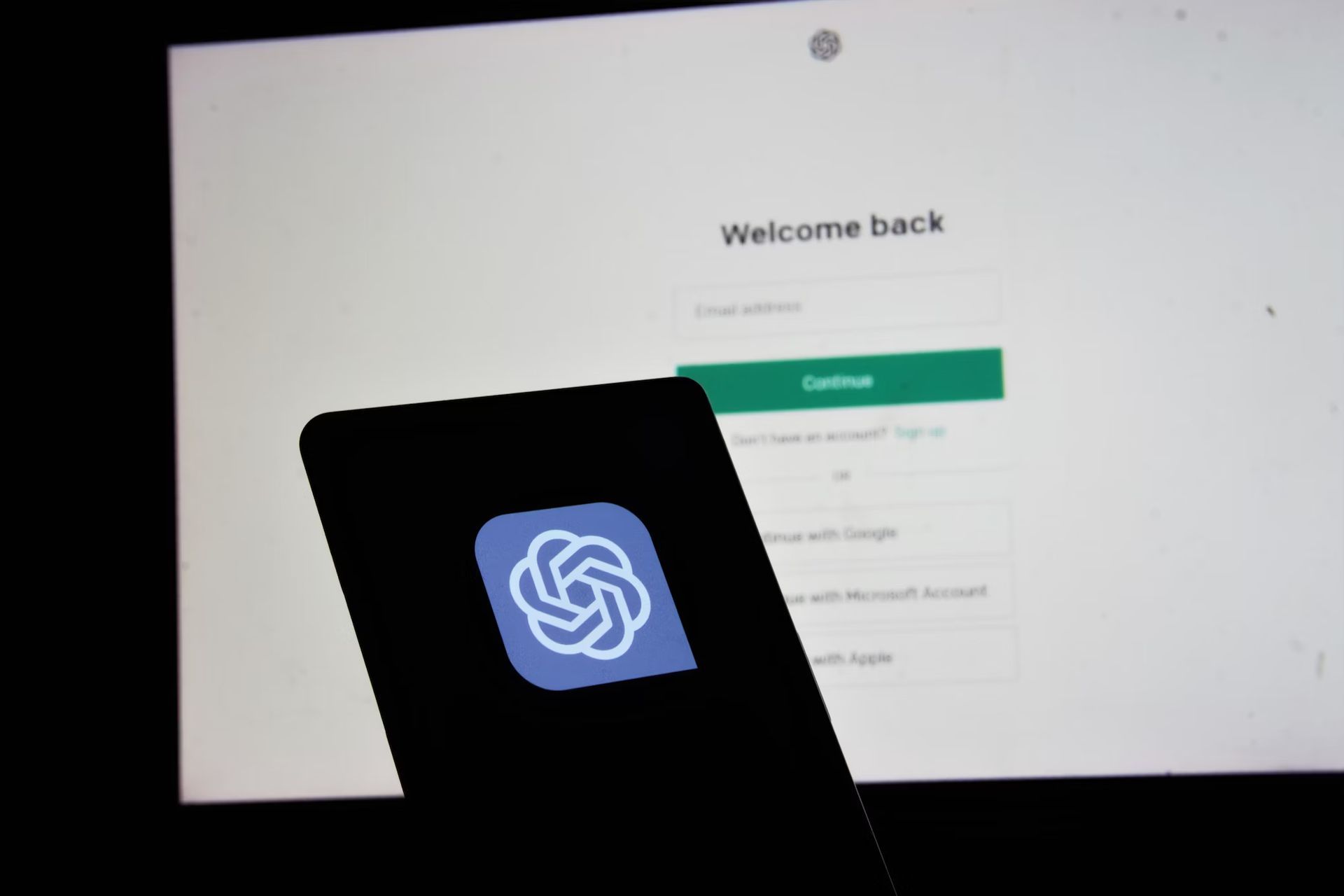The launch of the OpenAI Assistants API at the DevDay marks a significant advancement in enabling developers to create “agent-like experiences” within their applications. This innovative Assistants API allows OpenAI’s clientele to craft an “assistant” tailored with distinct instructions, which taps into a broader spectrum of knowledge.
It also empowers these assistants to utilize OpenAI’s suite of generative AI models and tools for accomplishing a variety of tasks. The potential applications of this API are diverse, including but not limited to, a natural language interface for data analysis, a coding aid, or an AI-centric vacation planning service.
How does OpenAI Assistants API work?
At the core of the OpenAI Assistants API’s functionality is the Code Interpreter, a robust OpenAI utility designed to author and execute Python code in a secure, controlled environment. Debuted in March for ChatGPT, the Code Interpreter’s capabilities are extensive—it can not only create visual graphs and charts but also handle file processing. This enhancement permits the assistants developed with the Assistants API to iteratively run code, providing solutions for coding and mathematical quandaries.
Custom GPTs, GPT Builder, GPT Store… OpenAI has huge updates
The OpenAI Assistants API is designed to be a versatile tool for developers, capable of integrating external knowledge sources such as product details or proprietary documents into the dev-crafted assistants.

This is made possible through a retrieval component that enriches the assistants with information beyond what is available in OpenAI’s own models. Additionally, the API facilitates function calling, allowing these assistants to execute predefined programming functions and seamlessly integrate the results into their interactions.
Currently in its beta phase, the Assistants API is now accessible to all developers. Usage is measured and billed based on the per-token rates of the chosen model, where a “token” is defined as a segment of text, such as the word “fantastic” being broken down into “fan,” “tas,” and “tic.”
OpenAI’s Assistants API has emerged as a transformative tool for developers, simplifying the integration of GPT-like functionalities into applications and services. This leap forward is encapsulated in the recent introduction of the Code Interpreter API. Designed to streamline the development process, which previously could span months and require extensive teams, the Assistants API equips developers with robust capabilities such as code interpretation, data retrieval, and function calling.
GPT-4 Turbo unveiled at OpenAI DevDay
Advancing AI development with long threads and data safety
The Assistants API also introduces persistent and infinitely long threads, which alleviate the burden of managing thread states, thus allowing developers to concentrate on crafting nuanced and context-aware applications. Emphasizing data safety, OpenAI ensures that data processed by the API is not used to train their models, granting developers the autonomy to manage their data with confidence.
The API remains in beta, accessible to all developers keen on exploring its potential. OpenAI’s commitment to flexibility and developer control is evident as it looks to the future, with plans to allow the integration of custom assistant-driving tools to work in concert with its existing features.
Looking ahead, OpenAI has plans to expand the customization capabilities of its platform. This would enable customers to integrate their own tools into the framework provided by the Assistants API, complementing the existing features like the Code Interpreter, the retrieval component, and function calling capabilities.
Featured image credit: Andrew Neel/Unsplash





